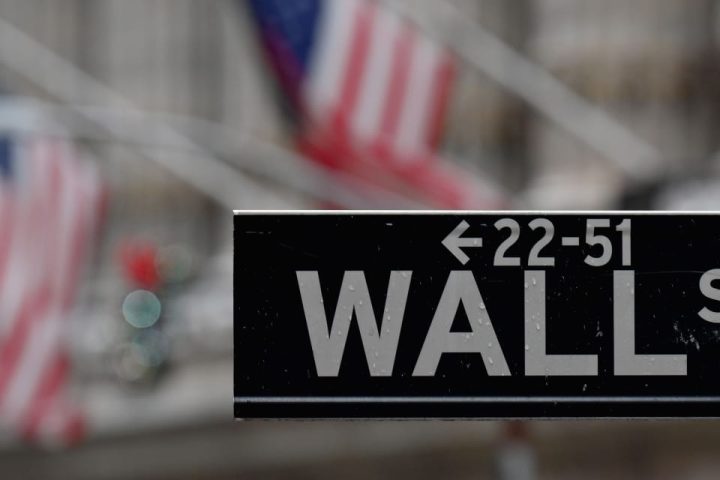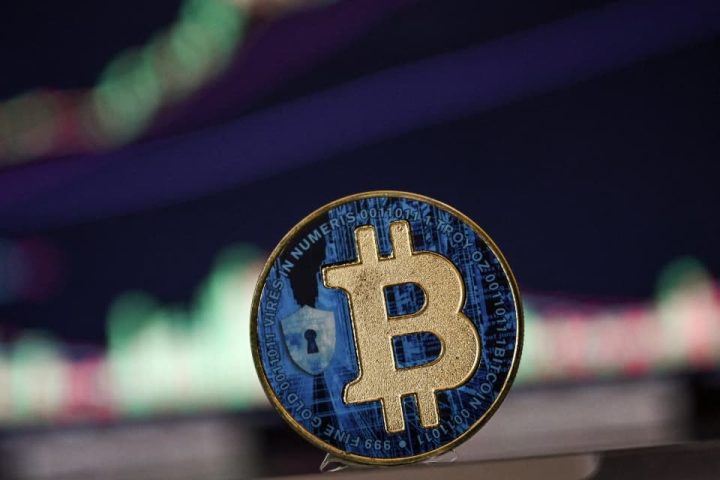By Michael S. Derby
NEW YORK (Reuters) – The eventual end of the Federal Reserve’s efforts to reduce its vast bond holdings increasingly appears tied to what happens with the central bank’s “reverse repo” operations.
That’s because the facility – which allows eligible banks and investment firms to park cash at the Fed and earn interest – is the largest source of easily extinguished liquidity as the Fed seeks to withdraw its pandemic-era stimulus.
The program, launched nearly a decade ago, grew rapidly starting in the spring of 2021 and by June 2022 was consistently taking in more than $2 trillion a day in what was seen as clear evidence of the amount of excess cash sloshing around the financial system. Inflows have dropped sharply in recent months to around $1 trillion in the face of the Fed’s aggressive policy tightening underway since last year.
Some central bankers and market participants are gravitating to the view that when the reverse repo facility is largely drained, or is at least much lower than it is now, overall financial sector liquidity will be tight enough for the Fed to at a minimum start considering ending the ongoing drawdown of bonds it holds on its balance sheet, if not halt the process completely.
They are also looking at the other piece of the puzzle, bank reserves. Those have held steady between $3.0 trillion to $3.4 trillion since the central bank kicked off its “quantitative tightening” effort, or QT, and it’s unclear how much shrinkage the Fed can engineer there given banks’ desires to keep a lot of liquid cash on hand.
Fed officials, for their part, have said repeatedly they’ve got a lot of room to cut their holdings of Treasuries and mortgage-backed securities, a process that complements Fed rate increases. Many market estimates put the end of the drawdown at some point next year.
So far, reverse repos have “come down very smoothly,” Lorie Logan, president of the Dallas Fed said earlier this month.
Logan, who until recently led the New York Fed team that oversees the program, said she doesn’t know how long it will take, but “I’ve come over to the view the overnight [reverse repos] should be near zero.” That’s when the Fed will be able to take stock of what’s happening with the balance sheet drawdown.
REPO REDUCTION
The current size of the Fed’s balance sheet is around $8 trillion, down about $1 trillion from its peak last year as the central bank allowed about $100 billion per month in bonds to mature from its portfolio without being reinvested.
Wells Fargo economists this month said their base case is balance sheet run-off ends at the start of the third quarter next year when Fed holdings ebb to around $7.2 trillion because they believe a recession will change the direction of Fed policy.
Assuming a recession isn’t the driver of the stop, Wells Fargo sees a number of different scenarios confronting the Fed.
If reverse repos meander toward zero and bank reserves decline slowly it could push the end date of the QT drawdown out to the end of 2025, while a scenario in which the decline in reverse repos sputters out and they hold around $500 billion moves the QT end date up to the second quarter of 2025, with Fed holdings hitting $6.5 trillion.
But if reverse repos stick at $1 trillion, Wells Fargo said there will be swifter decline in reserves which would likely lead the Fed to slow the drawdown a year from now and end it at the close of 2024.
CANARIES IN THE COAL MINE
The goal of QT is to return to a level of reserves ample enough to ensure a properly functioning banking system coupled with firm Fed control of its short-term target rate range, now set at between 5.25% and 5.5%.
In 2019, during its first QT effort, officials allowed reserves to shrink too much, causing the federal funds rate to spike and forcing the Fed to intervene to return it to its targeted range. New tools like the Standing Repo Facility, which can add low-cost liquidity to the system, and lessons learned from the last episode have given central bankers confidence they won’t have a replay of that episode.
But even so, it may be hard to find a market signal that reserves are running short. One key metric eyed by many is a federal funds rate pushing up toward the top end of its range.
In a speech earlier this month, Roberto Perli, who now runs the New York Fed team previously headed by Logan, agreed that was one thing to watch closely. He also listed other changes in interest rate relationships and factors like how banks are managing their reserves as signs to monitor.
Lou Crandall, chief economist with Wrightson ICAP (LON:), a research firm, said Fed policymakers are “highly mindful of the fact that the trigger signs this time might be different from the last time.”
In his view, if reverse repos stopped contracting that could become a meaningful sign liquidity levels were getting tight enough for the Fed to change gears.
Crandall reckons the Fed still has time in this process, and speaking earlier this month, Cleveland Fed President Loretta Mester agreed.
“We still have a very large balance sheet” so the balance sheet cuts can likely continue over the next year and half to two years, she said, adding when it comes to getting to the finish line, “it’s going to take a while.”
Read the full article here







